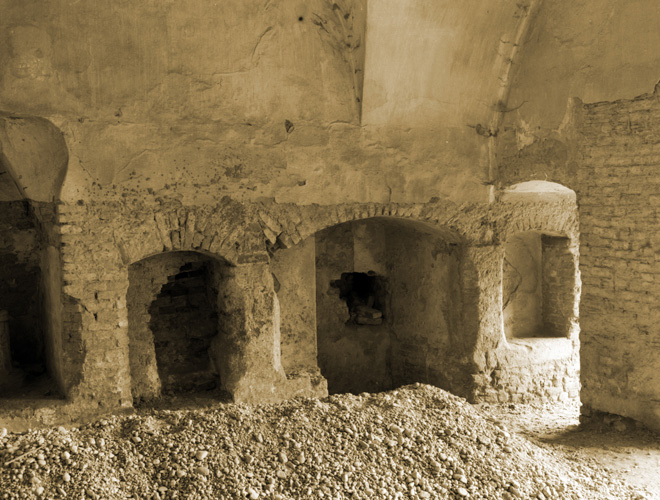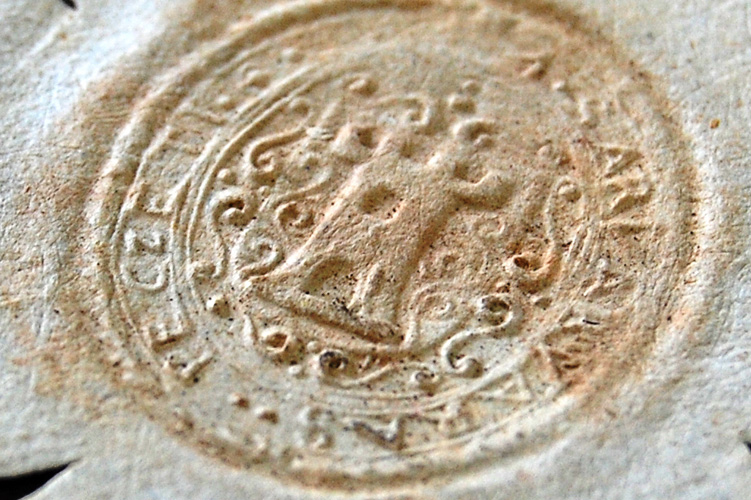Sárvár. Brightness and darkness of history

Kings, noblemen and citizens played a similarly important role in the history of Sárvár. Although people tend to begin the history of a municipality in the Ancient Times and continue in the Roman Age, all these rather indicate that a certain place could ensure the survival of its inhabitants in older times as well. The river, the rich forest and a soil which could be cultivated are all factors contributing to the history of a place not being forgotten over the centuries, but be more and more enriched. In the most fortunate cases a family, nobleman, or noble lady selects the town as a place of residence. Obviously the relationship between the castellan and the town is not always harmonious and very often armies pillage a town because of its location, but in modern times all these notions are parts of history enriching a town with all its beauties and hardships. This is valid for Sárvár.
Artefacts from the Ancient times were unearthed at several points of the modern town with the pottery with Celtic runes and memories from the Roman Ages being the most interesting findings, nevertheless, the history of the town begins rather in the Middle-Ages. The town has been inhabited since the 13th century. The first written data are linked to the castle, as the servant of the king invites the noblemen of the county to a meeting in the castle 1288. This is a period of hardship and battles, as the town, owned by King Róbert Károly, becomes a site of civil war rivalries. In the end the sovereign clears the situation and he even confirms the earlier gained privileges of the town, meeting the wish of its inhabitants. These were indeed privileges of a town which contributed to the development of Sárvár. The town had the right to elect its own judges who decided in disputes. The facts that local merchants were freed from taxes and were thus in a more favourable situation at the local market, contributed to the economic growth of the town.

The centre of Sárvár at that time is already the castle with its owners having made a remarkable career in national politics. The history of Sárvár boasts well-known names in Hungarian history: Kanizsai, Rozgonyi, Nádasdy, Draskovich. The castle has always been in the heart of the town, not atop a mountain, or at the edge of the municipality, but more in the neighbourhood of the market. It still plays a key role in the life of the inhabitants, as it is a natural place of meeting, the centre of cultural life in the summer and winter and the home of a museum with internationally known collections, which can be visited all over the year. Patronising culture became important in the 16th and 17th centuries when the Nádasdy-family not only shaped the political life in Hungary, but also ensured the survival of the Hungarian Kingdom in the Ottoman Times. Protestant pastors (like Mátyás Dévai Bíró), poets reporting about the fights (like Sebestyén Tinódi Lantos), or the gifted and educated János Sylvester found a home here. The latter not only founded a school, but wrote the name of Sárvár into the golden book of Hungarian cultural history. 1541, when the city of Buda was captured by Ottoman forces, the new Testimony was published in Sárvár. It was the first book in Hungarian language which was printed in Hungary.

Obviously the relationship between the owner of the castle and the town and the citizens has not always been harmonious. At the beginning of the 18th century it occurred that servants of the castellan not only beat a citizen, but also the mayor. Money was in the centre of the dispute, as the nobleman wanted to impose more taxes. The situation derailed to a point where the king himself had to interfere. In the end the Draskovich-family got rid of their estates at Sárvár. The xciting periods continue as the castle is sold and bought several times. The most important new owners from the point of view of the history of Sárvár are the members of the Este-Modena family. Franz, who was the ruler of the North-Italian Duchy for four decades until 1846, became the owner of the castle 1803. The buildings defining the image of Sárvár today were erected in those times and the foundations for the boost of the economic life were laid. The economic boom following the Compromise of 1867 witnesses the arrival of a new owner. Maria Theresia Dorothea, the duchess of Modena, fell in love with Ludwig, the duke of Bavaria. His family was not really impressed by this liaison and the young couple practically fled to Sárvár. They were admired by the citizens of Sárvár and this admiration was mutual. In the meantime Ludwig became king of Bavaria and he passed away as the last king of Bavaria in the castle of Sárvár 1921. The family spent a lot of time in the town between the two World Wars and Sárvár could even witness a ducal wedding.
The economic situation has not always been favourable, therefore many people emigrated. One of the destinations was Belgium from where several people returned. The money they brought home was used to create a new part of the town. The straight, perpendicular streets of the Kertváros (Garden Town) are a sign of conscious planning. A Sárvár-born writer described the mood of the town in the 1960ies as a dusty, dreamy small town. He was wrong, because despite dusty roads the sugar factory, operating since the end of the 19th century, several enterprises, or the meat factory which still offers delights and the Pepsi factory were all signs of Sárvár still being a part of the economic circle. Following the Transition to Democracy Sárvár occupied a leading role in tourism. The spa, offering rest and relaxation, the museum and the festivals all contribute to the fact that the town has been one of the most visited towns for years. The inhabitants of Sárvár are always glad to welcome guests.




